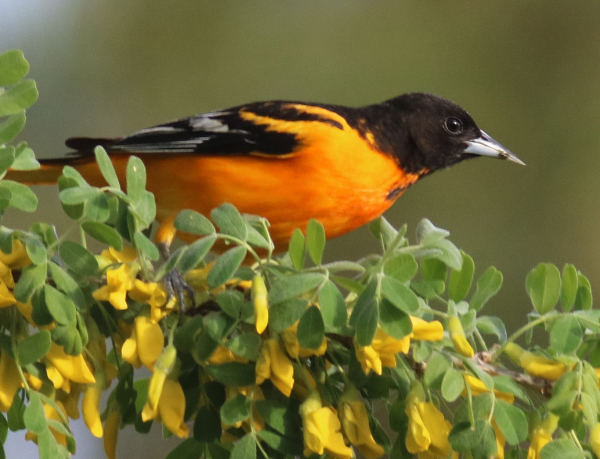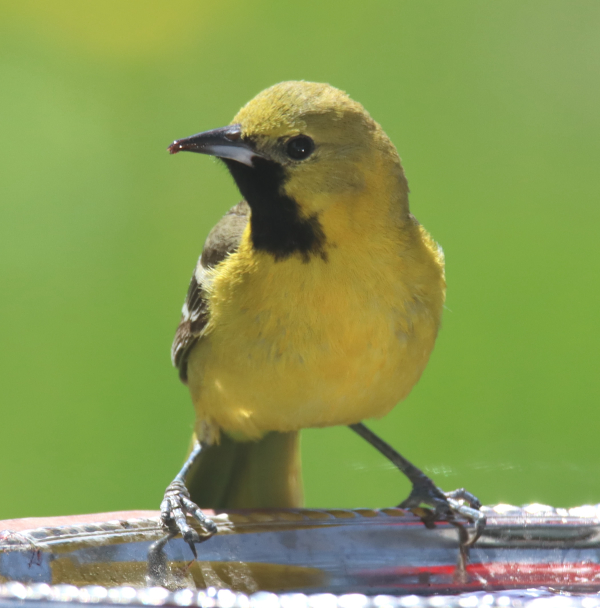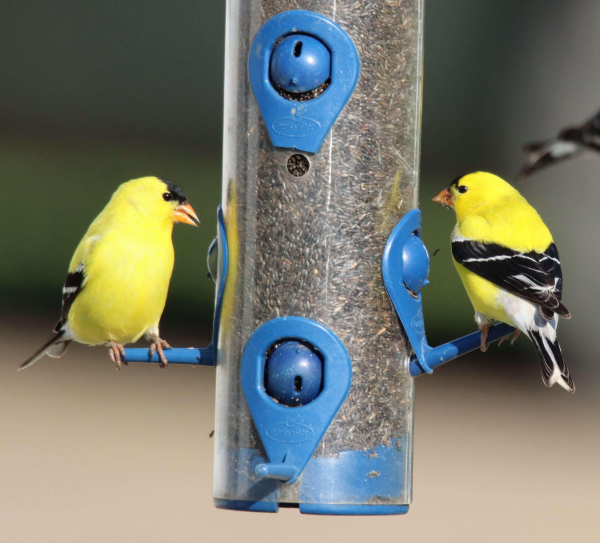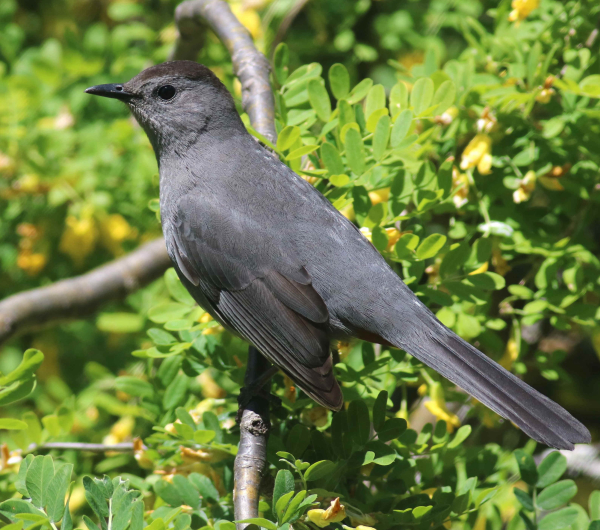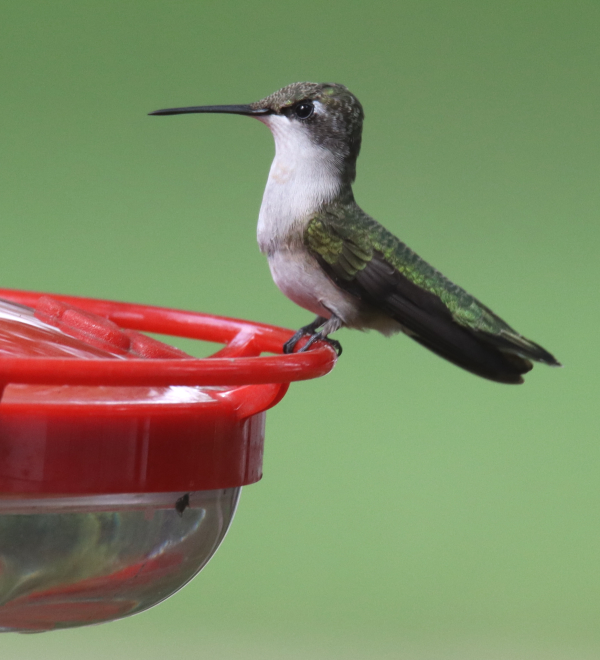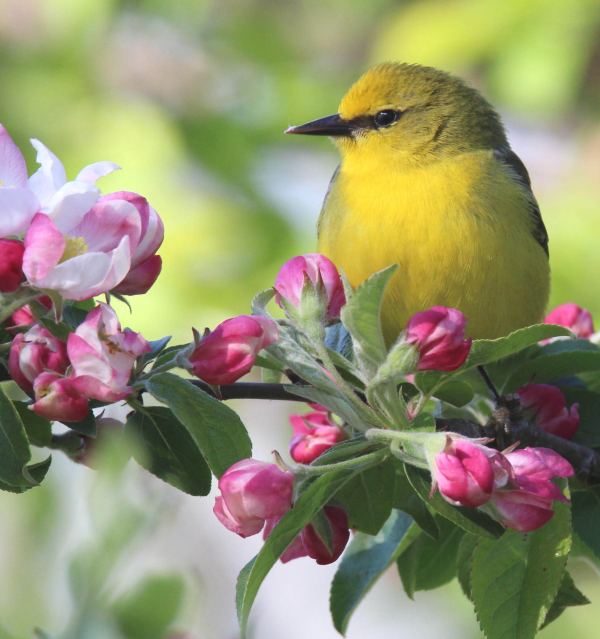Most Migrating Birds Follow a Green Wave
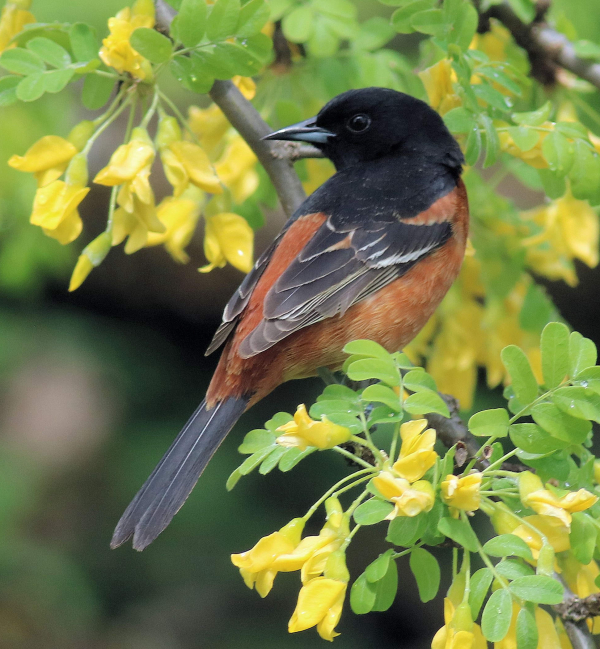
A new study confirms that most birds synchronize their migratory movements with seasonal changes in greening vegetation. Expansive plant green-up in the spring is controlled by changes in temperature and precipitation; while during fall die-back of vegetation is controlled by temperature change and reduced hours of daylight – all important factors in the timing of bird migrations. This was the first study of its kind to cover the Western Hemisphere during the year-long cycle of North American migratory birds that feed on plants, seeds, flower nectar, insects, or meat.
Ornithologists from the Cornell Lab of Ornithology used data collected by satellites to estimate the greenness of vegetation year-round and cross-referenced that information with eBird observations for 230 North American migratory bird species from 2006 through 2018. The results were published today in the Journal of Animal Ecology.
”As you might expect, migration synchronization with vegetation greenness is strongest for birds that eat vegetation, seeds, or both, during spring and fall migration, but especially during spring,” explained lead researcher Frank La Sorte with the Cornell Lab of Ornithology. “You could say they follow the ‘green wave’ north in the spring, then follow it in reverse during the fall, keeping pace with a wave that is retreating ahead of the North American winter.”
However, the pattern does not hold for birds of prey in western states and provinces, including species of hawks and eagles, during either migration period. The evidence is also weak for synchronization among insect-eating birds during spring migration in eastern and central regions of the United States. Birds that rely on flower nectar – primarily hummingbirds – also showed looser ties to vegetation greenness in the West. The reason for the lack of synchronization for insect-eating birds in the East is a massive geographical barrier to migration – the Gulf of Mexico. Birds wintering in Central and South America cannot detect vegetation changes on the United States side of the Gulf during spring and vice versa in the fall.
So why does all this matter? Climate change. “Our findings emphasize the need to better understand the environmental cues that regulate migratory behavior and the implications for migratory birds if these cues change,” Dr. La Sorte said, adding that unchecked climate change means it’s more likely there will be a mismatch. That is, birds making a migratory stopover or arriving at their nesting or wintering range could miss the peak food supply.


